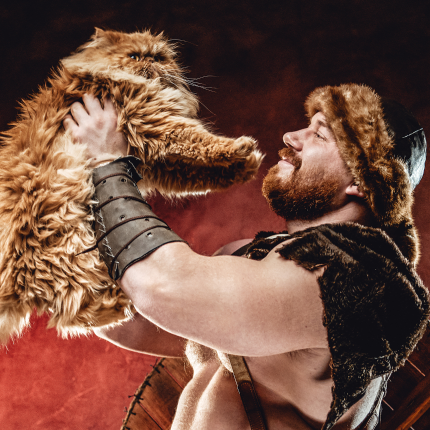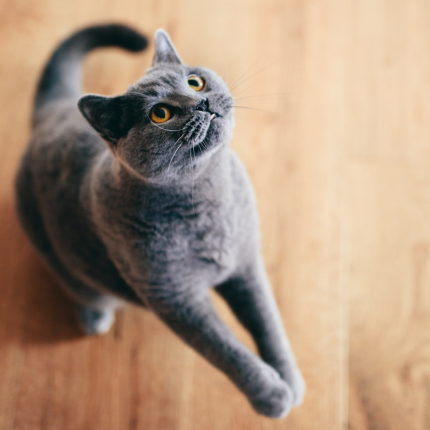Vikings and Their Love of Cats

Throughout history, cats have played an essential role in many cultures. People have used them for practical purposes, owned them as domestic companions, and sometimes attributed spiritual or mystical attributes to them. What about the Vikings?
Cats were used in a variety of ways by the Vikings. When the Vikings traveled, cats killed mice and rats on ships, preserving their food and preventing disease. During Viking raids, they served a similar purpose. In addition, cats were traditionally given as wedding gifts due to their association with the Norse goddess Freya.
Cats on Viking ships
The Vikings owned pigs, dogs, and birds, among other animals. Cats, however, were especially valued and used both as working animals and household companions. Cats were carried on Viking ships when they sailed around Northern Europe and when they raided.
Even as they stormed enemy shores, Norsemen often took cats on their longboats. As a result, cats usually served to control mouse and rat populations on such lengthy and arduous journeys.
advertisement
Cats as pets
When they were home, the Vikings were peaceful and simple farmers who worked hard for a healthy crop. Viking villages were mainly located near rivers, lakes, and streams, which were prevalent in Scandinavia, so rats were a constant problem. Vikings used cats to drive hungry rats from the fields to protect their food supply.
Kittens as gifts to brides
Many Vikings gave kittens to their brides as a symbol of their new life together. Also, because cats are associated with the Norse goddess Freyja, brides would often receive them for their weddings. Young men always favored women who loved cats at the time. According to some people, couples who love cats were likely to have a happy marriage.
According to a Scandinavian legend, Thor, the Norse god, gave Freyja cats as a gift. In another story, Freyja rode a cart pulled by big cats, specifically the Skogkatt, a large and strong Forest cat. Freyja was well known for her love of cats, and she was the goddess of luck, which could determine someone’s future.
Vikings believed that their crops would flourish if Freyja passed through their fields. Furthermore, it was believed that Freja’s cats would bless their produce and bring them good luck if they left milk for them.
advertisement
What Cat breeds did Vikings have?
Skogkatt, or “Forest Cat,” was believed to be the cat breed of the Vikings. Southern European shorthaired cats probably came to Norway from other parts of Europe. Cats with particularly thick coats and other adaptations to a cold climate survived due to natural selection imposed by the strange and hostile climatic conditions. They were also much bigger, likely because their food source (rats and mice) was abundant.
In the Viking Age, cats held a special place. The cats of this era were adored, loved, and respected. Freyja was associated with cats, as stated above. She was known for her beauty, femininity, and nurturing nature. In the same way as the goddess, cats are beautiful creatures. The life Freyja created for humankind is unpredictable, just like cats.
The cat is also a symbol of independence. Even though cats can form social groups, they are not considered “pack” animals and often walk alone. Freyja is strong, independent, kind, and gentle as a war goddess.

Featured Articles

Greebles and Cats: The Origin and the Meaning
You may have seen an internet sensation concerning cats labeled “greebles.” Feel out of the loop? We’re here to help you. In 2019, Reddit user /user/literallyatree commented on a Reddit post about a cat that looks like it’s trying to slap a ghost. This user commented: “My family calls things…

Why Do Cats Roll Over Into Their Backs But Not Let You Touch Their Bellies?
It’s common knowledge dogs love to have their tummies rubbed when they freely lay down before you and roll onto their backs. But, if you’re also familiar with cats, you know that when they roll onto their backs with their bellies exposed, rubbing the belly will most likely result in…

Polydactyl Cats: Just More Beans to Love
Polydactyl cats have become extremely popular in recent times. As a result, more and more people are interested in learning more about this six-toed cat and want to get one of their own. If you are a cat lover intrigued by polydactyl cats, you have come to the right place….